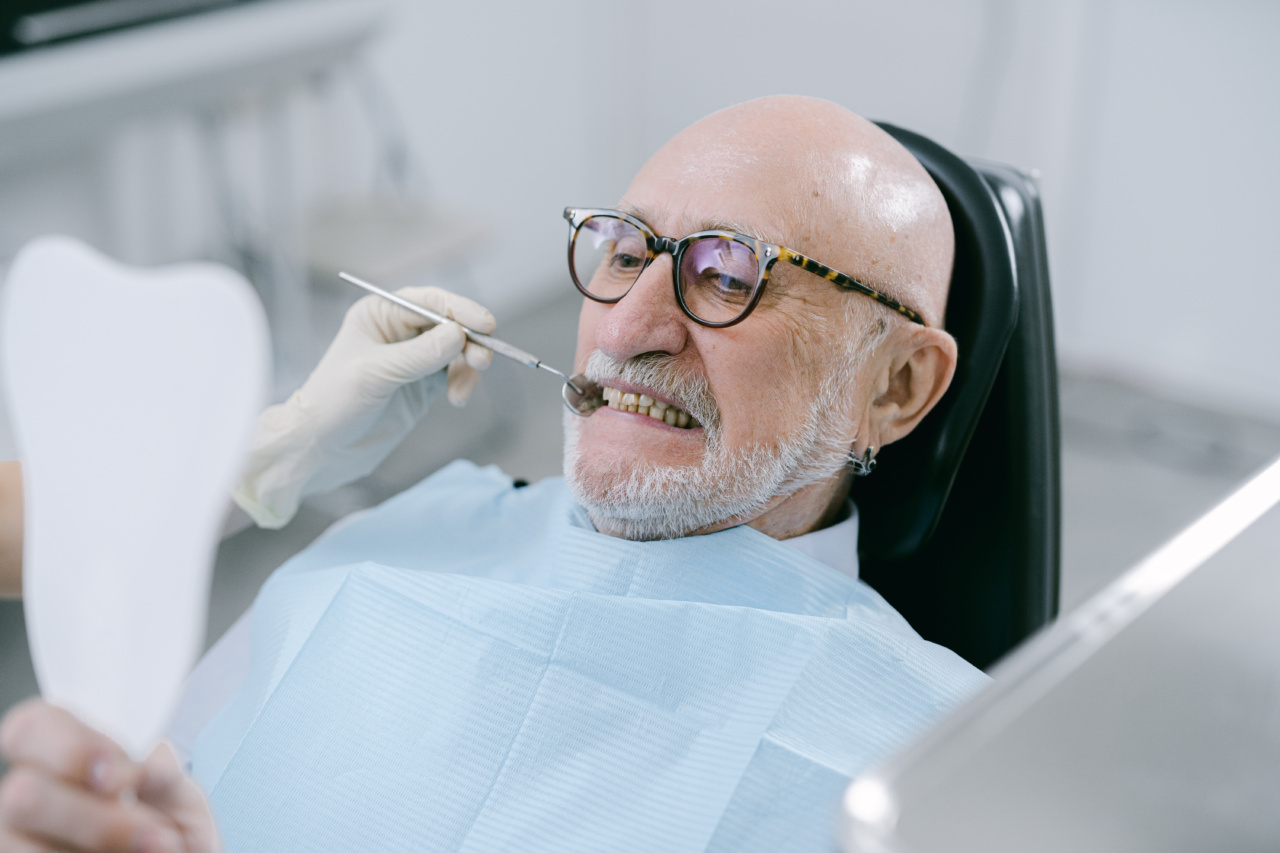Baldness, also known as alopecia, can be a frustrating and embarrassing condition for many people.
While hair loss is often associated with aging, it can occur at any age and for a variety of reasons, including genetics, hormonal changes, medications, autoimmune disorders, stress and nutritional deficiencies.
The good news is that there are many effective treatments for baldness, including medications, hair transplants, and lifestyle changes. Here are some of the most effective options:.
Medications
There are two FDA-approved medications for the treatment of male pattern baldness: finasteride (Propecia) and minoxidil (Rogaine). Finasteride works by blocking the production of dihydrotestosterone (DHT), a hormone that contributes to hair loss.
Minoxidil, on the other hand, is a topical treatment that stimulates hair growth by enlarging hair follicles and increasing blood flow to the scalp.
For women, minoxidil is the only FDA-approved medication for hair loss. Women should not use finasteride, as it can cause birth defects in male fetuses.
Other medications that may be used to treat hair loss include corticosteroids, which reduce inflammation and suppress the immune system; spironolactone, an anti-androgen medication that blocks the effects of androgens on the hair follicles; and ketoconazole, an antifungal medication that can improve hair growth and reduce inflammation of the scalp.
Hair transplant surgery
Hair transplant surgery is a surgical procedure that involves taking hair follicles from one area of the scalp (usually the back or sides of the head) and transplanting them to the balding areas of the scalp.
This technique creates a more natural-looking hairline and can result in permanent hair growth.
There are two types of hair transplant surgery: follicular unit transplantation (FUT) and follicular unit extraction (FUE).
FUT involves removing a strip of scalp and dissecting it into individual hair follicles, while FUE involves removing individual hair follicles directly from the scalp.
Lifestyle changes
Lifestyle changes may also help to prevent hair loss and promote hair growth. These changes include:.
- Eating a healthy, balanced diet that includes plenty of protein, vitamins, and minerals
- Taking supplements such as biotin, collagen, and omega-3 fatty acids
- Reducing stress through exercise, meditation, or yoga
- Avoiding tight hairstyles that pull on the hair
- Quitting smoking
- Avoiding harsh chemicals and heat styling tools that can damage the hair
Conclusion
While baldness can be a frustrating and embarrassing condition, there are many effective treatments available.
Medications such as finasteride and minoxidil can help to block DHT production and stimulate hair growth, while hair transplant surgery can provide a permanent solution for many people. Making lifestyle changes such as following a healthy diet and reducing stress can also promote hair growth and prevent further hair loss.



























